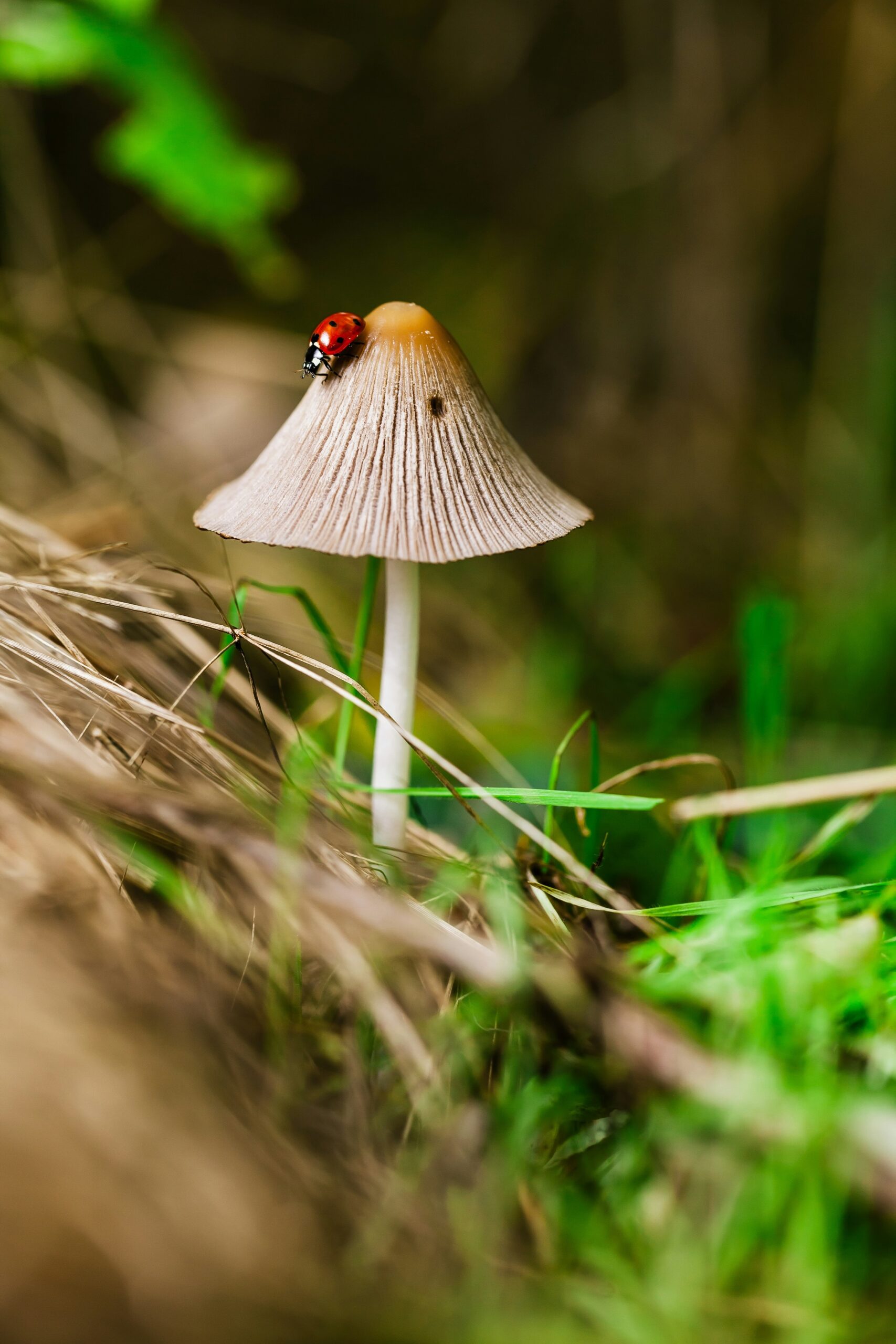4 Steps to Hormone Balance

I often hear from female patients that they have been prescribed oral contraceptives without hormone testing. Perimenopause, low libido and even depression or skin issues can be rooted in an imbalance. Why not test to see what is actually going on? In Functional Medicine this is exactly what we do.
Recently a patient came to me with a list of symptoms including anxiety, poor recovery from exercise, insomnia and low libido. Was it perimenopause as was suggested to her? I didn’t think so. After testing we had clear picture of what was actually going on and it wasn’t perimenopause at all.
The Estrobalome: A Healthy Gut = Healthy Hormones
A new and exciting area of research is around the estrobalome. The gut deals with getting rid of some of our excess hormones. Estrogens that enter the gut from the liver may be recirculated if the microbiome is not healthy. Enzymes like beta glucuronidase are thought to play an important role in whether or not estrogen is recirulated. In one study, 44% of women with healthy estrogen excretion had higher levels of this enzyme. We are finding out that treating the gut could mean lower rates of estrogen related cancers overall.
Stress, the Liver & Detoxification
Especially for women with heavier cycles and those who have taken oral contraceptives there is likely an issue of hormone buildup. Our livers are responsible for clearing hormones through the bile and into the gut. If stress is high, diet is poor and one is exposed to environmental xeno estrogens then the liver is unable to keep up. Boosting your body’s natural detox capacity is essential to help with hormone clearance.
Natural Detox in 4 Steps
Step 1: Lower stress by moving your body. Our liver’s love movement. Choose activities you enjoy so you are inspired to do them often.
Step 2: Eat Veggies and Drink Water. The liver loves veggies! Increase fibers from root veggies and phytoestrogens from specific plants like flaxseed and yam. Two litres of water/day is your baseline.
Step 3: Get your hormones and gut tested. Then you will know what you don’t know! I can’t tell you how many patients are surprised by their results. The DUTCH test shows metabolites which is key. I use stool and breath tests to look at gut health.
Step 4: Appropriate supplementation based on comprehensive lab work makes treatment more effective. Get the support of a trained clinician and get started today. Each person is unique and we decide together where to start. Often we focus on the gut or the stress response because both have a significant impact on hormone health.
The Science of Estrogen Metabolism
I’d like you to understand why its important to see hormone metabolites in your lab work. I will break down the 3 pathways: 2, 16 and 4. Synthetic form of estrogen from equine sources are used for hormone replacement therapy (HRT) and birth control. These are metabolized down the less favourable pathway that can cause all sorts of problems. Bio identical hormones or botanicals are not. And then the liver detoxes our estrogens through its two phases. Both need to be working well.
2-Hydroxy
The 2 pathway is the most favourable and we want to see it used more. It excretes estrodial and estrone. Estrone is converted into 2-Hydroxyestrone (2-OHE1) as part of Phase 1 detox which is known as hydroxylation. 2-OHE1 is a ‘good’ estrogen because it doesn’t stimulate cell growth. When it is methylated into the 2-MeE1 in Phase 2 it becomes cancer protective. Enough exercise, higher protein diets, and specific supplements can raise 2-OHE1 levels.
16-Hydroxy
Estrogen is also metabolized through is the ’16’ pathway. We need this route however it should be used significantly less than the 2-Hydroxyestrone pathway. Phase 1 in the 16-Hydroxyestrone pathway is also hydroxylation. Phase 2 is a reduction phase that produces Estriol which is a weak estrogen.
Higher levels of the 16 pathway are associated with breast cancer, obesity, hypothyroidism, pesticide toxicity (organochlorines), high Omega-6 fatty acids, and inflammatory cytokines.
4-Hydroxy
The last metabolism pathway is the 4-Hydroxyestrone. Estrone is hydroxylated through Phase 1 detox to form 4-OHE1. In Phase 2 it is methylation to form 4-MeE1. When 4-OHE1 is properly methylated to 4-MeE1 it is relatively benign as the 4-MeE1 is easily eliminated and risks are low.
When its not methylated 4-OHE1 builds up. Then it converts to 3,4-Quinones which are carcinogenic similarly to the 16 pathway. Women with uterine fibroids may have increased levels of 4-OHE1. High levels of estrogen across the board are associated with heavy cycles.
Why do so many women experience hormone imbalance?
The answer is simple. The environemental load of has increased exponentially in our lifetime. Many chemical substances mimick estrogen. Stress also inhibits the function of the liver as we’ve talked about. Lastly, compromised gut health inhibits the proper excretion of estrogens.
More about the Bad Ones
Xenoestrogens – compounds that have with estrogenic activity including polychlorinated biphenyls (PCBs), bisphenol A (BPA), and phthalates are xenoestrogens. These are chemicals that disrupt normal estrogen balance. Eliminate from your environment along with any industrial raised meat products. These have added hormones and are pro inflammatory. Contraceptives from equine sources favor the 4-OHE1 pathway as do synthetic hormones.
Some of the Good Stuff to Help
1. Diindolylmethane (DIM) increases 2-hydroxylation favoring the more healthy metabolic pathway
2. Rosemary and Curcumin
3. B6, B12, Folate in methylated form
4. Omega-3 Fatty Acids
5. Antioxidants: Vitamin E, A, C, Selenium, NAC, Polyphenols, Flavonoids, Lycopene & Alpha Lipoic Acid
6. Phytoestrogens: Flax seeds in whole form ground or soaked. The lignans help with estrogen metabolism. Kudzu – this is another phytoestrogen. So are yams.
7. Trimethylglycine (TMG): a compound found in beet root and other plants and animal foods like choline. It protect cells from stress and act as a source of methyl groups. Betaine hydrochloride is made out of (TMG). This is a supplement that increases stomach acid which I use to optimize gut health.
8. Sulforaphane glucosinolate (SGS): is a naturally occurring phytochemical found in cruciferous vegetables. It supports Phase 2 detox and decreases 3,4-quinones.
Related Posts
 Psychedelics for Women’s Health
Psychedelics for Women’s Health
 Protein & Hormones for Healthy Weight
Protein & Hormones for Healthy Weight




